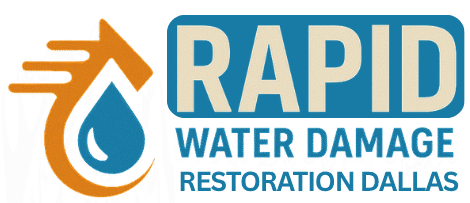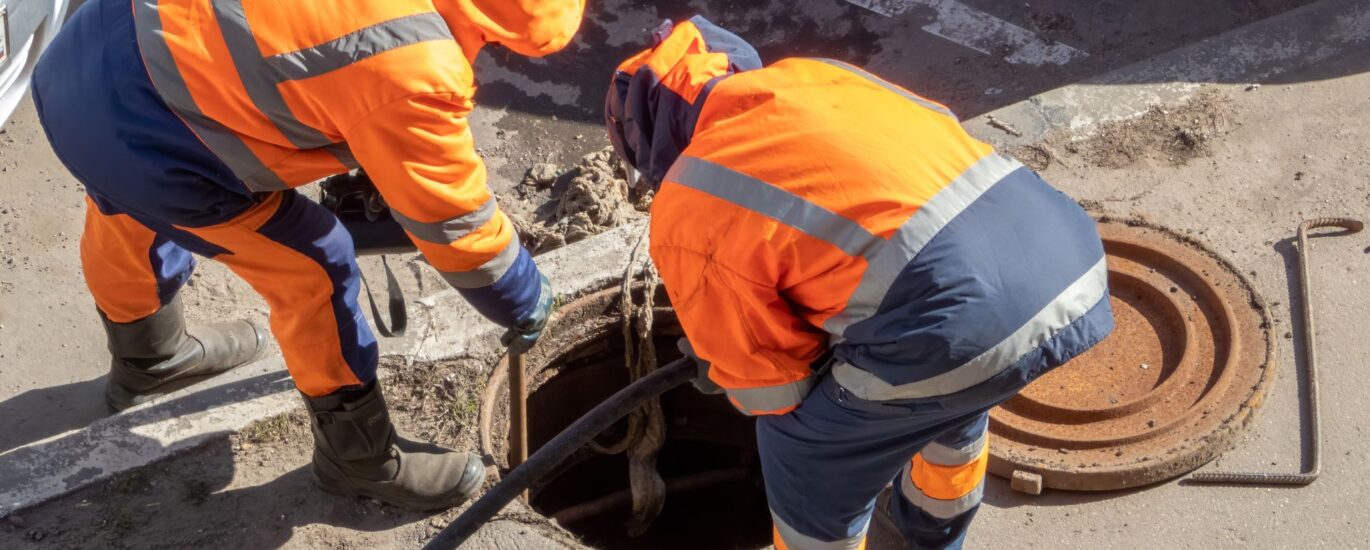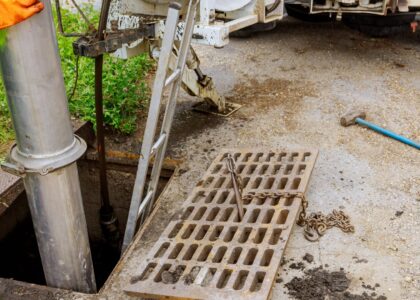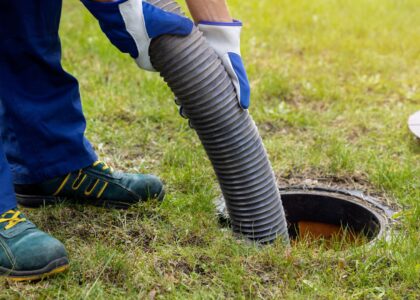Why You Should Never Delay Sewage Cleanup
When sewage water invades your home, every minute counts. The longer contaminated water sits, the more damage it causes to flooring, walls, and furniture. More importantly, it creates an unsafe environment filled with harmful microorganisms.
That’s why professional sewage cleanup services follow a strict, step-by-step process to ensure safety, sanitation, and full restoration.
Step 1: Emergency Response and Assessment
Once you contact a professional cleanup team, they’ll start with a comprehensive inspection to determine the contamination level and the source of the problem.
They’ll classify the water damage into one of three categories:
- Category 1: Clean water
- Category 2: Gray water (lightly contaminated)
- Category 3: Black water (heavily contaminated sewage)
Sewage backups fall under Category 3, requiring specialized disinfection and disposal methods. For more on handling black water emergencies, see our Sewage Cleanup page.
Step 2: Containment and Safety Precautions
Technicians seal off contaminated areas to prevent exposure and cross-contamination. They use:
- Air scrubbers
- Plastic sheeting barriers
- Negative air pressure systems
Proper containment keeps pathogens from spreading through your HVAC system or other rooms.
Step 3: Sewage and Water Extraction
Industrial-grade vacuums and pumps are used to remove all standing water and waste. Speed is crucial here — moisture left behind can lead to mold growth within 24–48 hours.
Step 4: Cleaning and Disinfecting Surfaces
After extraction, the cleaning process begins. Professionals use EPA-approved antimicrobial solutions to sanitize floors, walls, and belongings.
Soft materials like carpets and upholstered furniture are often discarded, while hard surfaces undergo deep scrubbing and steam cleaning.
Step 5: Drying and Dehumidification
After cleaning, air movers and dehumidifiers help dry the area completely. Technicians monitor humidity levels daily to ensure no moisture remains trapped within the walls or subfloor.
Step 6: Structural Repairs and Restoration
The final stage includes repairs like:
- Replacing drywall
- Installing new flooring
- Repainting walls
The goal is to restore your home to its pre-damage condition — safe, clean, and comfortable.
Why Professional Equipment Makes the Difference
Professional-grade tools like thermal imaging cameras and moisture meters help locate hidden damp spots that can cause future mold growth.
DIY methods simply can’t reach this level of precision or safety.
If you suspect sewage contamination, reach out right away through our Contact Page.
Conclusion
A proper sewage cleanup isn’t just about removing water — it’s about restoring health and safety. Professionals follow proven methods to protect your home and family.
Visit our Sewage Cleanup Service Page for more details on our professional process and how we can help restore your property after a sewage disaster



